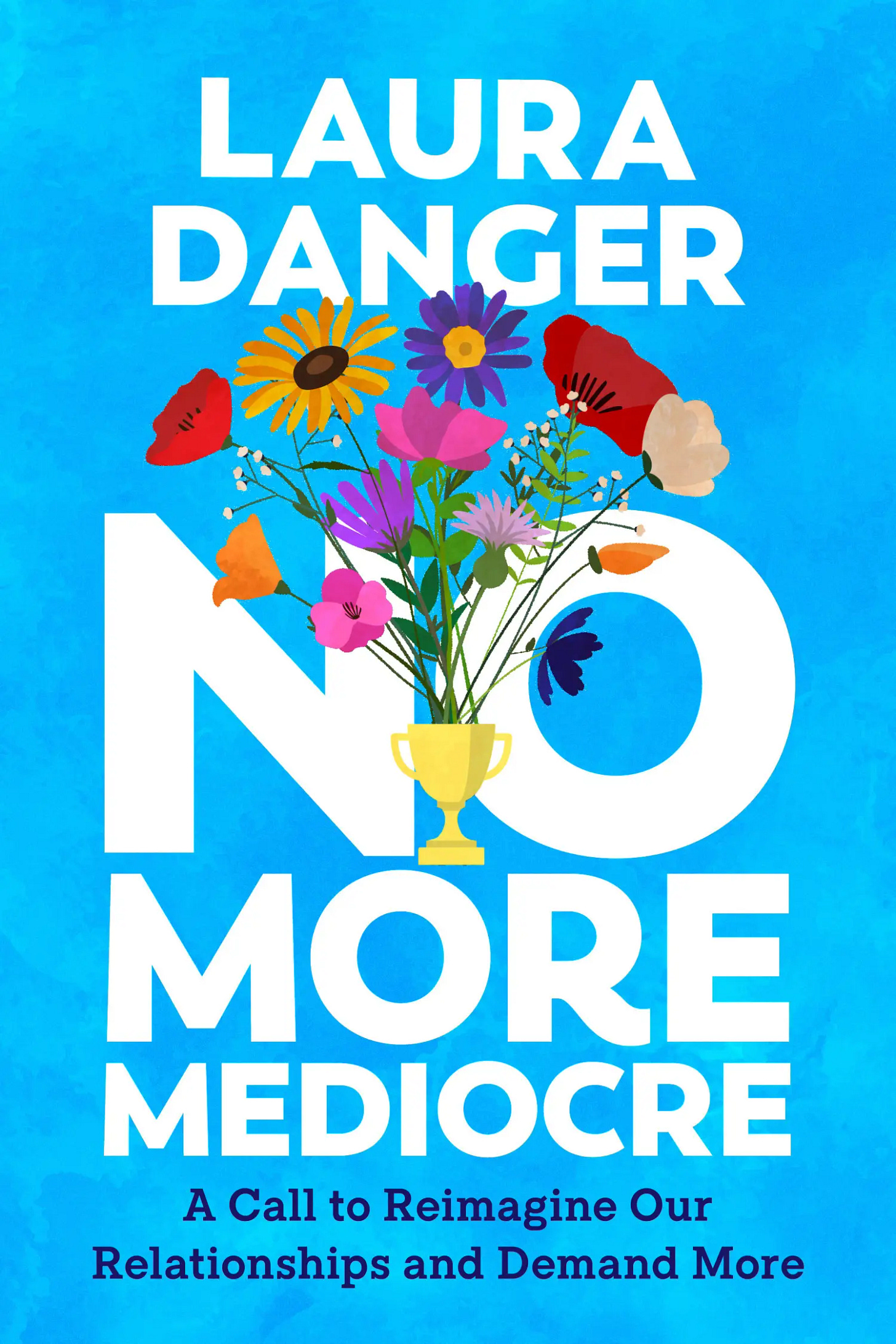Want to see inside my brain?
School starts in a few days. Here's a snapshot of my inner executive function monologue.
One of my favorite activities for streamlining households is the “think aloud”. This is something you can do solo, with a housemate, partner, or household. It works in classrooms, with colleagues, or friends. A “think aloud” is exactly what it sounds like: narrating the steps you take to get things done. It’s the practice of narrating your thoughts and actions when accomplishing a task. When you do it with someone else, it can be helpful for them to have a notepad and write down any observations or questions, which they can hold off on until the end. The speaker’s job is to give as many details as possible, describing how and why they’re doing what they’re doing, and the listener’s job is to pay attention to the details, with an eye for understanding, noting any curiosities as they listen.
This activity gives the speaker an opportunity to assess whether or not they actually like how they’re doing things and why or why not. They can reflect on what led to how things are done, what tasks are attached to that task, and whether some adjustments might make things more efficient.
The observer is given the opportunity to better understand the choices their partner is making in a depersonalized way. They learn about how their partner likes to do things, how they accomplish tasks, what their priorities and preferences are for how things are done.
Once the observation is done, there can be a conversation about what the observer noticed, and they can express understanding to make the speaker feel understood.
Next, you can either switch roles and do the task again with the observer as the speaker, or you can have a discussion about what you both liked about how things were done, what was most important about how it was done, why, and if there are any changes or adaptations you might want to make. This is the time to lay out if there are essential elements of the task that are non-negotiable for either of you. For example, our laundry has to be washed, dried, and taken up from the basement within the same day or the clothes and the appliances can get musty. We have to use specific detergents. We have to have uniforms cleaned and available every day. Aside from that, we have preferences and priorities, but those are more flexible.
One way to approach these kinds of problem-solving, standard-setting, and prioritizing conversations is by considering importance and urgency.
Here’s my think-aloud:
It’s a few days out from the start of the school year. There are piles of unfinished tasks all over the house, and it’s stressing me out. My inbox is full of unanswered emails, and I know if I don’t start chipping away at things, I’m going to end up frozen. Even before I get my brain in gear to organize my thoughts, I give myself a little dopamine nudge by doing SOMETHING, ANYTHING that feels like an accomplishment. This morning, it was taking all of the cups and dishes from around the house and putting them in the sink, then wiping the counters. Immediately, things looked more organized, and I could give myself a little mental gold star for the accomplishment. Then, I sat at my desk and used the importance/urgency framework to help keep me on track.
Figuring out what’s most important and urgent. Open browser tabs: email, calendar. Open desktop sticky note.
What’s most important/urgent? My basic needs. I function better in all ways if I’ve tended to those. Have I eaten? Used the bathroom? Hydrated? Taken meds? Do those first. Set alarm for 12 to eat lunch.
Next, my kids are important/urgent. But they’re currently at camp, so less urgent. Revisit after making a work to-do list.
My work is important/urgent.
What’s most urgent for work(tackle these things first)?
Open sticky note. Check cal (today and tomorrow). Check unread Slack. Check unread Emails. Note important/urgent items on sticky note. Answer anything that needs an immediate response. Do any tasks that need to be done in the next 15 minutes. Set alarms for necessary events. Set an alarm for 30 minutes to come back to sticky note work tasks.
REVISIT Kids.
What’s most urgent for them(tackle these things first)? Basic needs for this week: childcare, food, clothes, sleep. Skim calendar through Sunday, nothing out of the ordinary. We have groceries for simple meals, but I don’t know about school lunches for Monday(stick a pin in that). Clothes through the end of the week are fine, but I don’t know about uniforms for Monday(stick a pin in that). We need to move their wake-ups for the next few days to adjust. Change alarm now.
Now I ask if there’s anything else that’s urgent, but a little less important. Make a loose plan. Add alarms or calendars to mark a specific time to tackle or to plan how to tackle. Ex:
General household flow. Dishes need to be done. Fridge and pantry cleared out to prep for restock. Paid with inventory kids lunch foods/tupperware/water bottles. Pick up/tidy. (Will do this at lunchtime. Set alarm for 12:30 and 1:30pm, get as much done as possible within that window)
School prep for next week. Find classroom lists. Revisit school supply piles, organize, identify missing items, label. Check uniform situation: Wash? Buy more? Clear old sizes? Shoes? Socks/underwear? (Will do as a family. Tomorrow evening is best. Add to joint calendar. If we don’t get to it, we’ll do it Saturday.)
Take a quick visual scan around my desk, desktop, living space, notice if anything else is urgent or important, add to sticky note, set alarm, or add to calendar.
Refill my water/coffee, return to work to-do list.
Do work stuff. Write this Substack. Have lunch/do lunch-time tasks. Skim this post. Post it!
I rely heavily on timers, alarms, and notes. Often, I make notes and don’t even revisit them. Just the process of writing them helps me remember.
And that brings me to now! Let me know, does my thought process sound anything like yours? Do you have any strategies or methods that work well for you? How does your brain work? I WANT TO KNOW!




